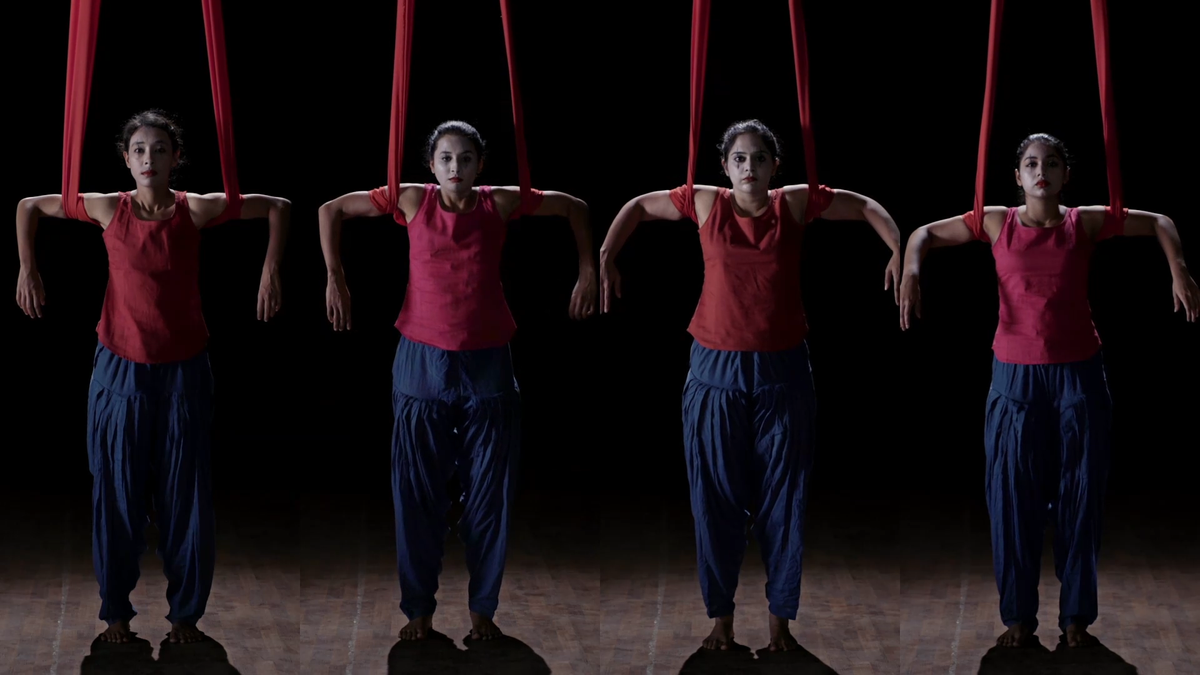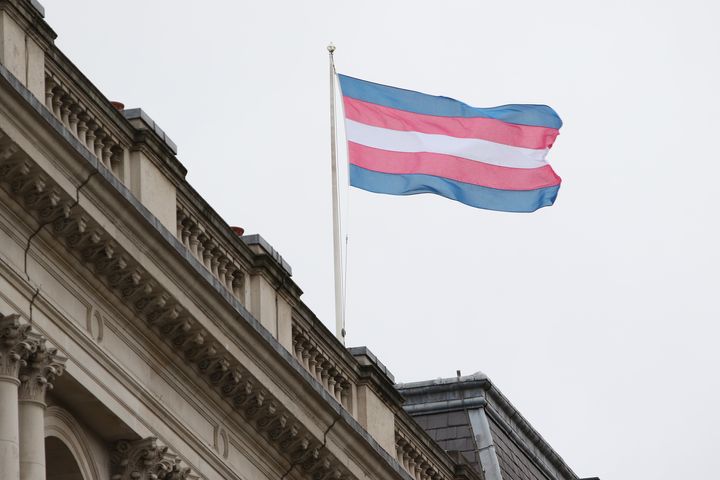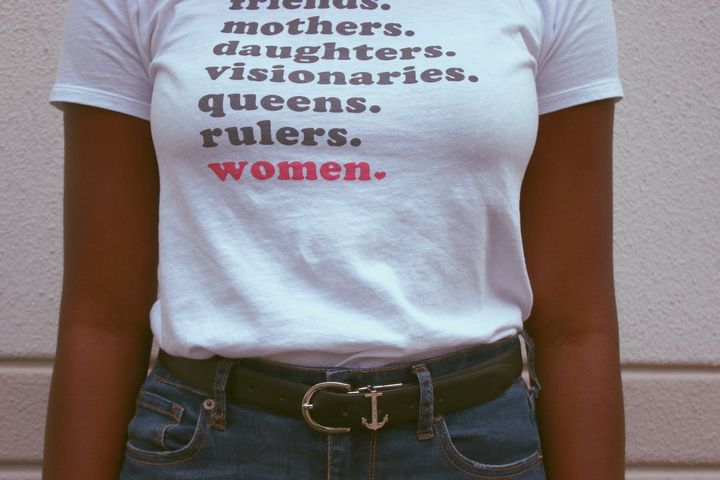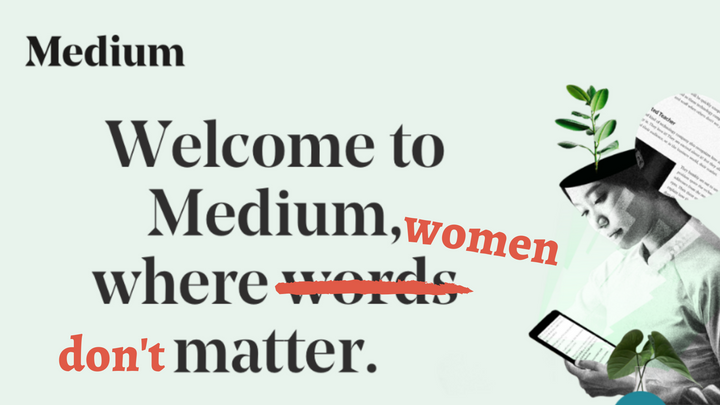Directing A Feminist Documentary Showed Me The Limits Of Liberal Compassion
What happens when you raise women’s voices without commodifying their suffering?

More than a century after the brave suffragette Emily Davison died at the Epsom Derby, we are still struggling to make sense of a movement that laid the foundation for women’s rights. It was only after these women were imprisoned, waterboarded, force-fed, raped and stripped of the last shreds of human dignity, did we get access to the rights we enjoy today. They were formidable and unrelenting even in the face of such dehumanization and their impact will stand the test of time.
But, it breaks my heart to see what feminism has become today in this neoliberal, postmodern world. Our fight for rights today—despite the many lives that were lost in the process—remains toothless and cosmetic at best. The reaction to my own film demonstrated the limits of this liberal feminism, and the sorts of stories that are and aren’t welcome to the “progressive” elites.
I am an Indian filmmaker and an unapologetic women’s rights activist. My films always center women, and I am thrilled to tell their stories. When I completed my most recent film, But What Was She Wearing?, I felt ashamed that it had to be made. I felt gutted that I had to make it.
In the year 1992 Bhanwari Devi, an Indian social worker hailing from the Kumhar caste in rural Rajasthan was gang-raped by upper caste men for having the temerity to intervene and stop the child-marriage of an infant. The acquittal of the accused in connivance with the State machinery outraged India and galvanized women’s activism that led to the Vishaka Guidelines, and subsequently, Sexual Harassment of Women at Workplace Act in 2013. In my feature-length documentary shot by an all-women crew, I juxtapose the law on paper with the ground realities. Through this, first of its kind, log of stories and experiences of over two dozen Indian women, I documented tales of the sexual violence that they face—from opulent corporate offices, to construction sites and manual scavenging—and their fight for justice against an obstinate patriarchal State. With my film, I have tried to portray the impotence of this paper-law and the impossible odds Indian women are up against in pursuit of justice.
Although it took me three years to complete the documentary, it felt like a good ten years of my life were snatched away. The process was mentally, physically, and emotionally exhausting. Even though the fear of never finishing it was lurking throughout that time, when the project was finally over, I felt hollow and indifferent. The film I made was on workplace sexual harassment, and I have been told that it is one-of-a-kind. While that may be true, it wasn't news worth celebrating.
Even though previous generations of Indian feminists worked tirelessly on the abolition of the caste system, fought for political and economic equality, girls' education, sanitation, and safety, etc., the current generation of feminists are dragging their feet on these issues, despite the remaining disparities. We have been distracted into fighting for what appears to be social justice but is heavily reliant on social media where we virtue signal issues based on hashtags and trends. In short, we have become an ungrateful generation with a weak voice.
I relied on social media's power to organize large groups in a short span, in order to publicize my film. However, "social media feminism" fails to permeate to the bottom of the pyramid, and that is its fatal flaw. The deafening noise from the elitist social media outrages, but silences the many voices that also deserve to be heard.
That is perhaps why I despise the word “movement” associated with any social media outrage over an issue. Suffrage was a women’s rights movement, but #MeToo—bold and ambitious as it may be—most certainly is not. I consider the India #MeToo outrage to be cathartic, but ultimately pigeonholed in its execution. I have great respect for the women who have spoken up, and those that facilitated an avenue for it. My experience making a film on sexual harassment in India, speaking to scores of women, (especially those that can’t afford internet access, for example) was anything but cathartic. More than a year after its online explosion, unfortunately, #MeToo failed the voiceless.
“Since its completion in 2018, my film was rejected from more than a dozen feminist film festivals.”
While I had completed my film a long time before the Harvey Weinstein case got mainstream attention, I found myself to be in a place of dissonance, and my angst about having made this film kept getting worse. I cut myself off from the world for two full weeks when media houses treated it as a “#MeToo film.” Despite my many pleas, the vocal Social Media handles at the helm of India’s #MeToo did not extend any support, nor did they give voice to the demographically diverse women it represented. But for my film to be concluded as one that took after the “movement,” was ludicrous and misleading.
The different treatment of my film versus similar ones made by foreigners and men demonstrated that the liberal elites find no entertainment in an oppressed people telling their own stories. This realization was deeply painful for me.
Given the precarious situation of women in India and the lukewarm reception to my film, it especially hurt when a hastily-made documentary on periods in India made by a foreigner won the Oscars. It stung worse when such a film glorified a man and was told primarily through a first-world point-of-view. There is something about the packaging of third-world countries’ plight that gives the liberals a perverse gratification in supporting them. A practice that home-grown filmmakers, in most cases, are deprived of.
The slights didn’t stop coming. Since its completion in 2018, my film was rejected from more than a dozen feminist film festivals. Multiple of these festivals even featured all-male panels discussing how films can be a harbinger of change.
“Women’s pain is only entertaining when it’s pre-packaged for male pleasure and commodification.”
Some excused the slights by saying But What Was She Wearing was too long. The film runs for 110 minutes; I agree it is long. Yet, I arrived here after combing through 18 grueling hours of footage with a complex subject matter. I wonder: what would they propose I do with the saved time? And when was the last time anyone watching a nonsensical “masala” film where women are shown to be raped, abused, etc. actually complained about its length? So the problem is not the length, it is the adamant reluctance to face the reality that women struggle with on a daily basis. People just want to be entertained. Women’s pain is only entertaining when it’s pre-packaged for male pleasure and commodification.
I consider film making to be voyeuristic in nature, especially in human rights documentaries where one has to constantly remember to capture an injustice, as opposed to intervene and stop it. In order to circumvent this quandary, I laid down some absolute non-negotiables even before beginning production, decisions that later worked against my favor. It would have been so easy for me to have a sanitation worker talk about her plight, and cut away to the horrible working conditions of manual scavengers. Perhaps that would have fetched me some good ol’ sympathy votes.
Instead, I decided to have all of my subjects, regardless of their economical, sociopolitical differences, against a uniform black background. I encouraged them to speak with courage, and was not going to allow their stories to be prejudiced by their social position, class, or profession. In my film, they were all equal and spoke as one single unit: women. There was no poverty porn. No white savior. I decided to take the risk of people whining about the length and format.
“In my film, they were all equal and spoke as one single unit: women.”
If they could not give 110 minutes of their time to watch a film on violence against women, they were not going to give a second thought about performing said violence. It is a difficult film to watch, but it is meant to do exactly what people complain about: to tire them out, disturb them and make it unbearable by the time the film is over. In that sense, I think the film has been a success.
Yet, despite the slights and pain of this process, there were many who did lend their support. People opened their homes and hearts for me. Some contributors made two or three donations when the campaign hit a snag. A dear friend let go of his entire studio and offered some of his tech gear to us during the month of Chennai production. If I were to equate them to money’s worth and spend them from my pocket, I’d have been bankrupt at the mere thought of it. It was perhaps these reassurances that kept me going despite other problems. My cinematographer, Anshu, and editor, Lisa, who stood by me through it all made it so much easier. We forged through the making keeping in mind the words of courage these complete strangers offered us. This film and its impact would amount to nothing, if not for these good Samaritans.
I gained the confidence and sisterhood of women belonging to a sociopolitical class that I never thought was possible. As someone from an upper caste, I was overwhelmed when women from across the class chart confided in me. Without their voices, the film would remain incomplete.
“As much as I would love to, I could not give my film a happy or hopeful ending.”
Since the film took quite a long time to finish, I became a walking encyclopedia of the Act, the politics of policymaking. It was not optional because the film’s narrative arc was based on how well I understood what was wrong with the Act. This helped me support many women with their fight, be it by helping them find a lawyer, or file an FIR (first information report) at the police station. I became an activist I didn’t presume to be. The painful process of this had a bitter outcome in the film.
As much as I would love to, I could not give my film a happy or hopeful ending. I couldn’t even if I tried, because the plight of Indian women is proof enough for anybody to see. The courage to admit to ourselves that we were abused is daunting enough, let alone the mental exodus of seeing through the case and feeling vindicated. The amount of pitfalls in our Common Law system is so disturbing that I have dissuaded some women from fighting; for it could have cost them their lives. I am not proud of this, because, with every report that gets filed, a crime is recorded under the NCRB (National Crime Report Bureau) statistics. As a nation, violence against women is swept under the rug as unimportant or deemed frivolous compared to the entitlement of men who commit the crime. Why then should my film portray a non-existent hope?
Despite the often painful and disappointing lack of support my film received, I have resolved to keep raising my voice. I am not foolish enough to believe my generation or the two generations after me would reap the benefit of this fight. But I dream of a day in the very distant future where Indian women and girls will find freedom, safety, and dignity. For that one girl, all the pain in the world seems worth it.

The generous support of our readers allows 4W to pay our all-female staff and over 50 writers across the globe for original articles and reporting you can’t find anywhere else. Like our work? Become a monthly donor!
Enter your email below to sign in or become a 4W member and join the conversation.
(Already did this? Try refreshing the page!)





Comments